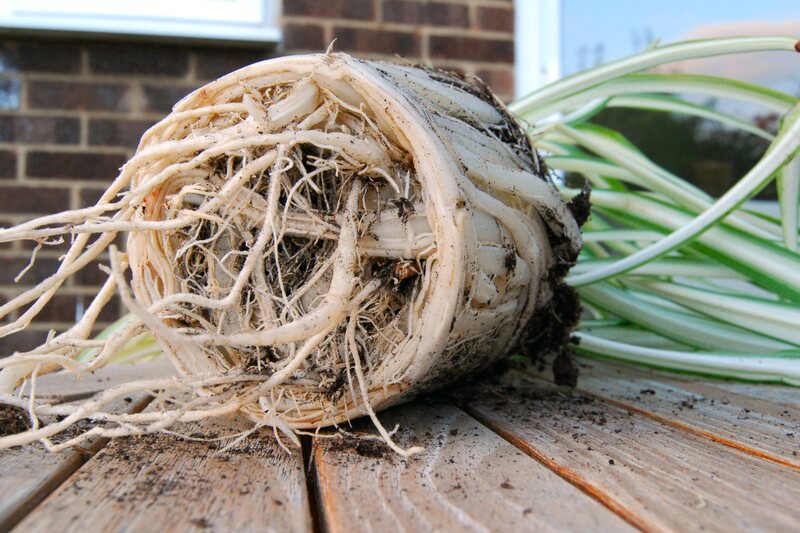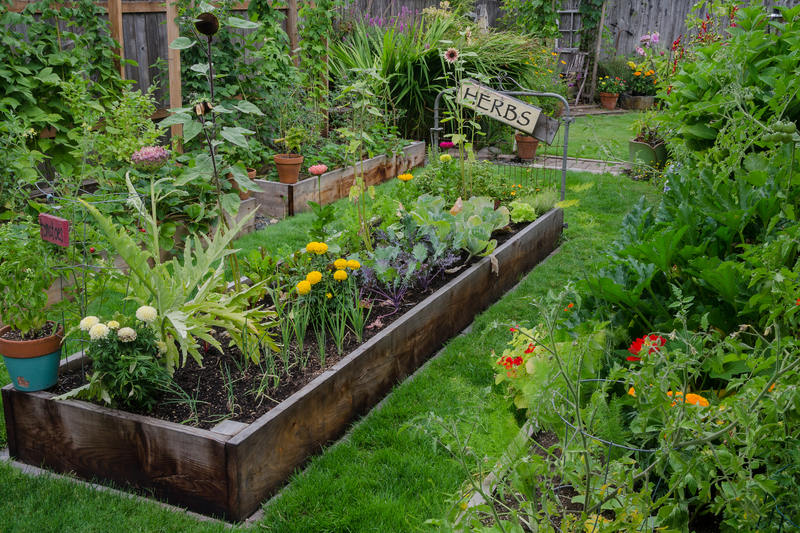Beginner-Friendly Flowers for Your Garden
Posted on 09/10/2025
Gardening can be a highly fulfilling and relaxing activity. However, for beginners, the process of selecting which flowers to grow can be daunting. Fear not! There is a wide array of beginner-friendly flowers that can provide a colorful and vibrant look to your garden with minimal effort. These flowers are hardy, easy to care for, and can thrive in various conditions.
The Benefits of Gardening
Before delving into the types of flowers that are perfect for beginners, let's take a moment to appreciate the benefits of gardening. Besides improving the aesthetics of your surroundings, gardening provides both physical and mental health benefits. It serves as a form of exercise, improves your mood, and offers a sense of accomplishment when you see your plants thriving.

Understanding Your Garden Environment
Before choosing which flowers to plant, it's crucial to understand the specific conditions of your garden. Factors such as soil type, sunlight exposure, and climate play a significant role in determining which plants will thrive in your space. Conduct a basic soil test to evaluate its pH and nutrient levels. Observe how many hours of sun each part of your garden receives daily and consider your local climate when selecting plants.
Top Beginner-Friendly Flowers
Now, let's look at some of the most beginner-friendly flowers that you can add to your garden for an easy and effortless start.
1. Marigolds
Marigolds are among the most popular choices for beginner gardeners. These sun-loving plants are hardy and grow relatively fast. They can thrive in poor soil conditions, making them an excellent choice for less-than-ideal garden environments. Marigolds come in different shades of yellow, orange, and red, adding a splash of brightness to your garden. They also have pest-repellent properties, which can benefit other plants in your garden.
2. Sunflowers
Sunflowers are iconic for their tall stems and large, bright yellow blooms. They are easy to grow from seeds and can reach significant heights, adding vertical interest to your garden. Sunflowers are also natural bird attractors, so you might notice more avian visitors in your garden. Just ensure they receive ample sunlight and sufficient water during their growing period.
3. Zinnias
Zinnias are flowering plants that bloom in various colors, including pink, red, orange, yellow, and white. They are highly resistant to diseases and pests, making them quite low-maintenance. Zinnias also have long blooming periods, meaning you'll enjoy their vibrant colors for an extended time. Plant them in well-drained soil with full sunlight for the best results.
4. Pansies
Pansies are small, cheerful flowers that are highly adaptable to different garden environments. They can grow well in both cooler and warmer climates. Pansies come in multiple colors and are often bi-colored, adding visual interest to your garden. Regular deadheading (removing spent blooms) will encourage more flowers to grow throughout the season.
5. Impatiens
Impatiens are perfect for shaded gardens, as they thrive in low-light conditions. These flowers produce abundant blooms in an array of colors, including pink, purple, red, and white. They are relatively low maintenance but do require regular watering to keep their soil consistently moist.
6. Nasturtiums
Nasturtiums are versatile, dual-purpose flowers that are easy to grow and can also be used in cuisine. Their bright, cheerful flowers and unique leaves make them a great addition to any garden. Nasturtiums thrive in poor soil conditions and require minimal care. Additionally, both their flowers and leaves are edible and can add a peppery flavor to salads.

Basic Gardening Tips for Beginners
While choosing beginner-friendly flowers is an excellent start, here are a few additional tips to ensure that your gardening experience is as smooth as possible:
Start Small
Begin with a small section of your garden to avoid feeling overwhelmed. It's easier to manage and care for a smaller area, and you can gradually expand as you gain more experience and confidence.
Use Quality Soil
Even if you choose hardy plants, the quality of your soil can significantly affect their growth. Invest in good-quality soil or compost to provide your plants with the essential nutrients they need.
Water Wisely
Different plants have different watering needs. Overwatering can be just as harmful as under-watering. Ensure you understand the specific water requirements of each flower you plant.
Mulching
Mulch helps retain moisture in the soil, suppresses weeds, and adds a layer of organic material that can improve soil quality over time. Spread a layer of mulch around your plants for better results.
Prune Regularly
Regularly prune dead or dying flowers to encourage new growth. This process, known as deadheading, helps to keep your garden looking fresh and promotes the continued blooming of your plants.
Be Patient
Gardening requires patience. Plants need time to establish themselves and grow. Don't be discouraged if you don't see immediate results. With consistent care, your garden will flourish.
Conclusion
Starting a garden doesn't have to be a complicated process. By choosing beginner-friendly flowers like Marigolds, Sunflowers, Zinnias, Pansies, Impatiens, and Nasturtiums, you can create a beautiful garden space with minimal effort. Remember to consider your garden's specific conditions, use quality soil, water wisely, and practice regular pruning. With these tips and the right choice of flowers, you'll be well on your way to having a thriving, colorful garden that you can be proud of.



